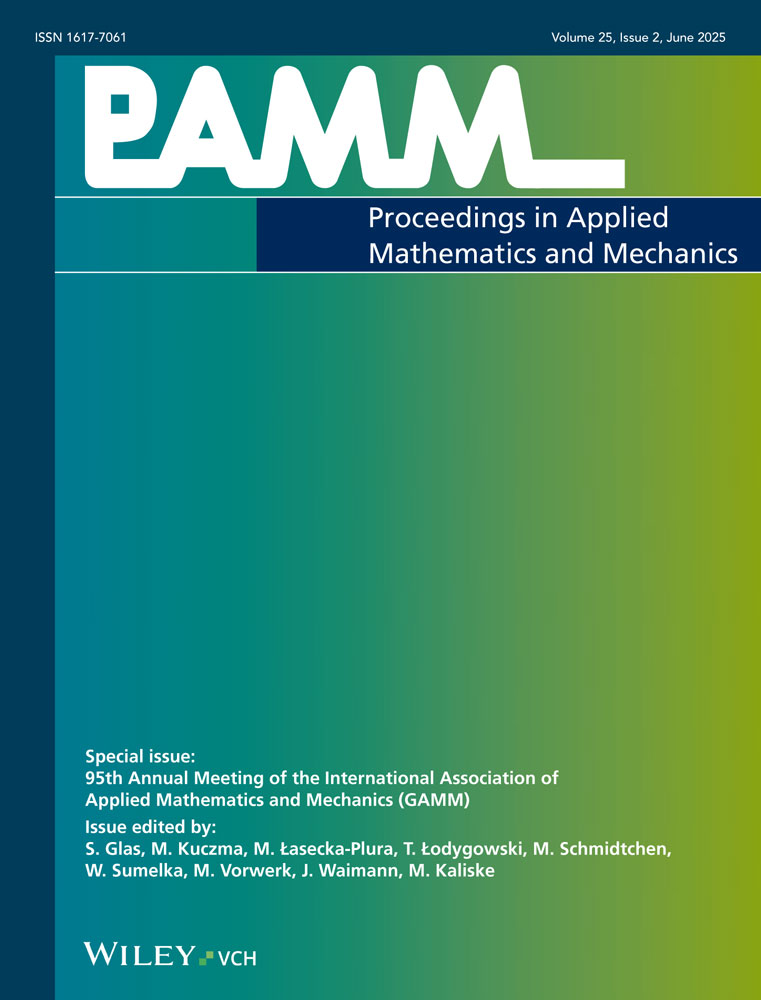Carbon-dioxide storage and phase transitions: towards an understanding of crack development in the cap-rock layer
Abstract
Supercritical CO2 can be injected into deep saline aquifers to reduce the amount of CO2 in the atmosphere and thus, lessen the impact on the global warming. Qualified reservoirs should be in a sufficient depth to guarantee the thermodynamical environment for the supercritical state of CO2 and should be confined by an impermeable cap-rock layer. It is crucial to guarantee the safety of the storage site. Therefore, deformation processes and crack development of the rock matrix and the cap-rock layer, which might be induced by the high pressure injection of CO2, must be investigated. If cracks occur, CO2 could migrate into shallower regions, where the temperature and pressure cannot support the supercritical condition of the CO2 anymore. Thus, it is important to describe the phase transition process between supercritical, liquid and gaseous CO2. The Theory of Porous Media (TPM), see e. g. [1], provides a useful continuum-mechanical basis to describe real natural systems in a thermodynamically consistent way. Hence, the TPM is applied to model multiphasic flow of CO2 and water and to include elasto-plastic solid deformations of the porous matrix. The Peng-Robinson equation, e. g. [2], is implemented as a cubic equation of state to describe the phase behaviour of CO2. However, the two-phase region cannot be represented by a continuously differentiable function such as the Peng-Robinson equation and thus, the Antoine equation provides additional information of the vapourisation curve. The Extended Finite-Element Method (XFEM) will be used to account for the discontinuities arising from crack development due to solid deformations [3]. Herein, special attention has to be paid to the matrix-fracture interaction of the fluid phases. Numerical examples are performed to investigate the injection of CO2 into a saline aquifer. These are computed with the FE program PANDAS, which allows for solutions of strongly coupled multiphasic problems in deformable porous media. (© 2012 Wiley-VCH Verlag GmbH & Co. KGaA, Weinheim)




